Herzog & de Meuron and Purcell transform Hong Kong prison into Tai Kwun cultural hub
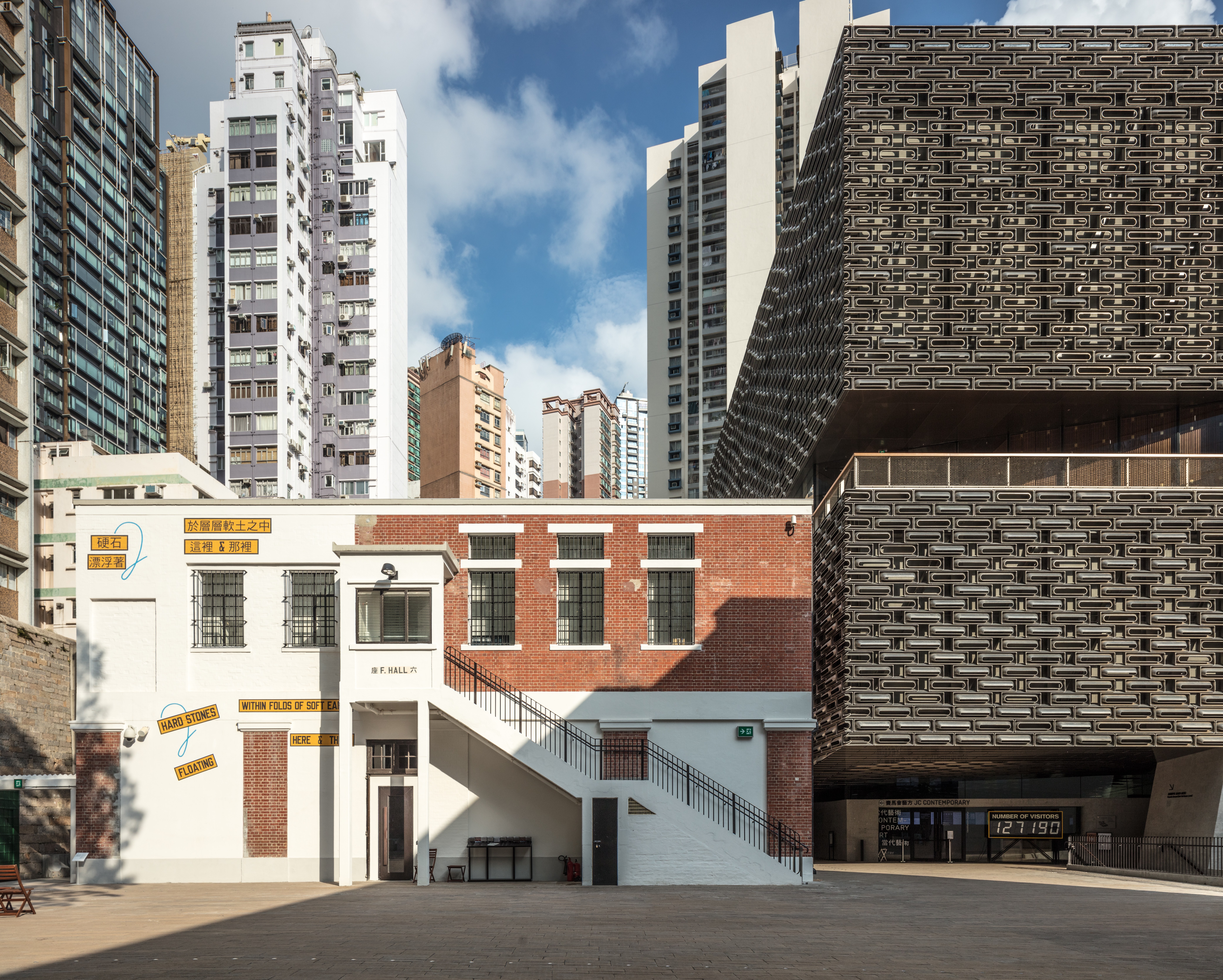
A police station, magistracy and prison are probably the last places on most people’s ‘must see’ cultural hotspots list, yet this week the former Police Headquarters compound in Hong Kong has been unveiled as a new, non-profit, cultural hub called Tai Kwun, meaning ‘Big Station’. The ambitious plan is unusual because centrally located sites are usually snapped up for high-rise commercial use, and this 300,000sq ft compound is only a few minutes’ walk from the city’s prime financial district.
Swiss architects Herzog & de Meuron, who are also responsible for designing Hong Kong’s M+ museum of visual culture (opening in 2020), worked with conservation architects Purcell to revitalise 16 historic buildings built around a prison yard and parade ground dating between 1864 and 1925. Three of the buildings are declared monuments and the whole site is steeped in history; Ho Chi Minh was imprisoned there in the 1930s and it was a Japanese army base during the Second World War. The site was decommissioned in 2006, but much of it has been retained intact, including the prison cells with their original numbers and locks.
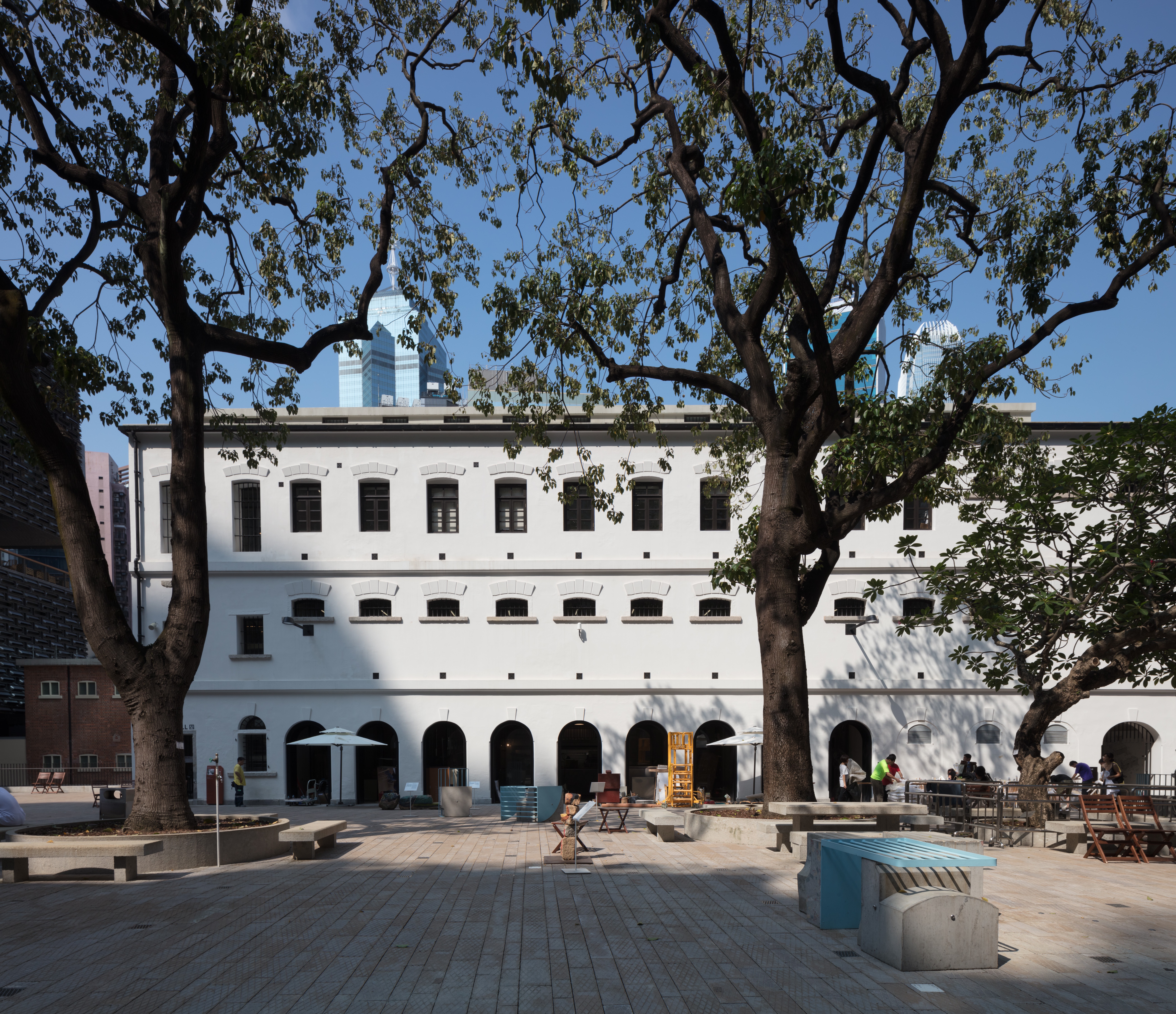
The project’s aspects that involved building conservation and adaptive reuse were led by expert architects Purcell.
The decade-long joint venture project is led by the Hong Kong Jockey Club in partnership with the Hong Kong Government. The designers have inserted two bold contemporary buildings in the complex; a gallery for contemporary art and a cube-shaped 200-seat auditorium for the performing arts, film screenings and events. Both are clad in monumental perforated aluminium bricks that stand out among the existing buildings’ handsome granite and brick facades.
The Tai Kwun Contemporary not-for-profit art space will host six to eight exhibitions a year, starting with a group show titled ‘Dismantling the Scaffold’ (opening 9 June) and an exhibition of Chinese medicine-inspired works by local artist Wing Po So.
‘We shift perspective from a European point of view to a Hong Kong view,’ says Tobias Berger, Tai Kwun’s head of arts. ‘It is the connection between heritage and contemporary that is important: the buildings are seamlessly connected and you see that also in our mentality.’ Elsewhere, an exhibition titled ‘100 Faces of Tai Kwun’ gives an intriguing glimpse into the history of the compound and its neighbourhood.
Finding one’s way through the various spaces is satisfyingly clear thanks to a new lane through the centre of the site linking the buildings. Restaurant offerings on site include the Café Claudel bistro, and a ‘Cha Chaan Teng’ neighbourhood-style teahouse by Tsui Wah. All eyes, however, are on the mid-June opening of local dining maven Yenn Wong’s Old Bailey, serving Jiangnan cuisine.
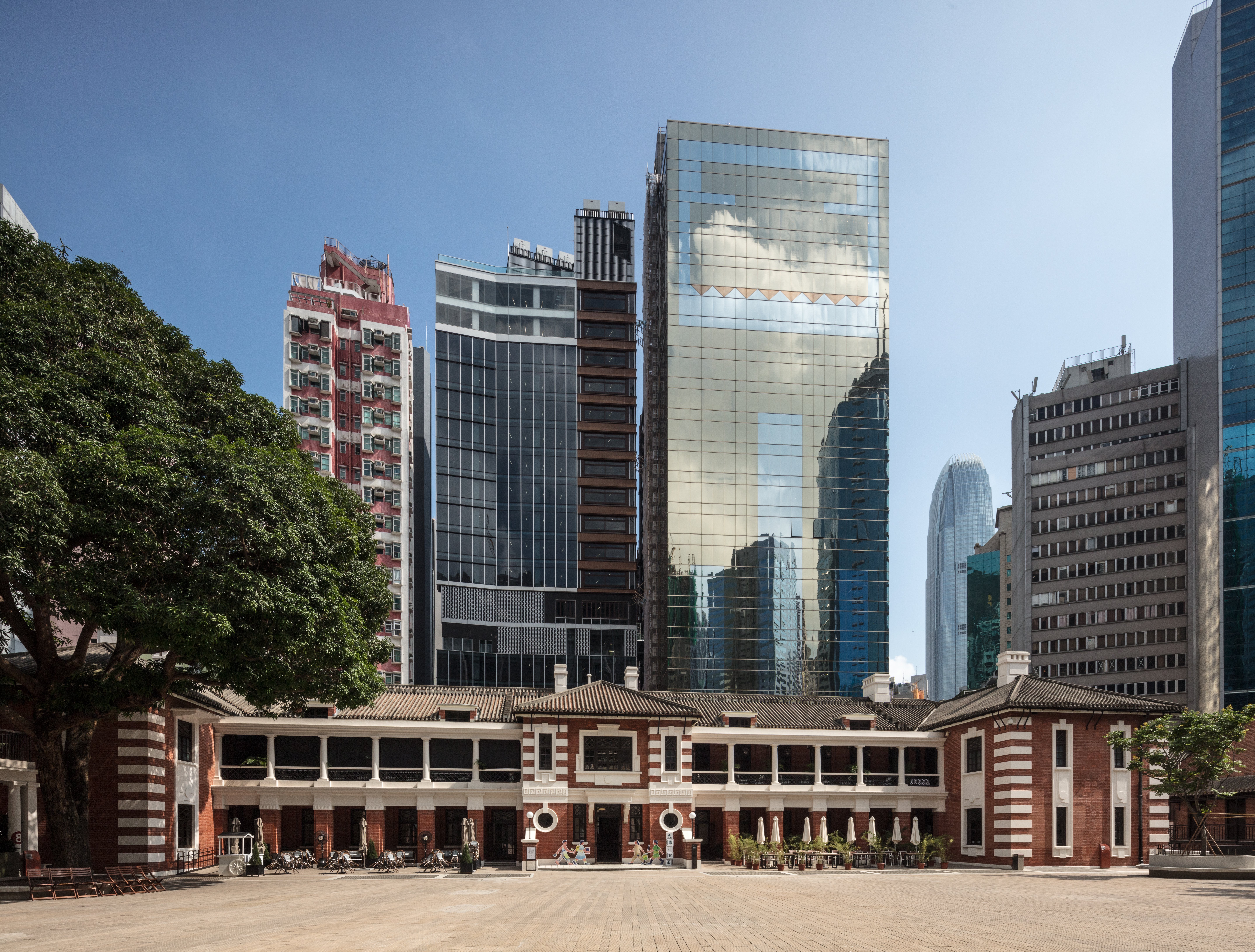
The exterior of the former prison compound in Hong Kong, redesigned into the brand new Tai Kwun cultural hub by Herzog & de Meuron and Purcell.
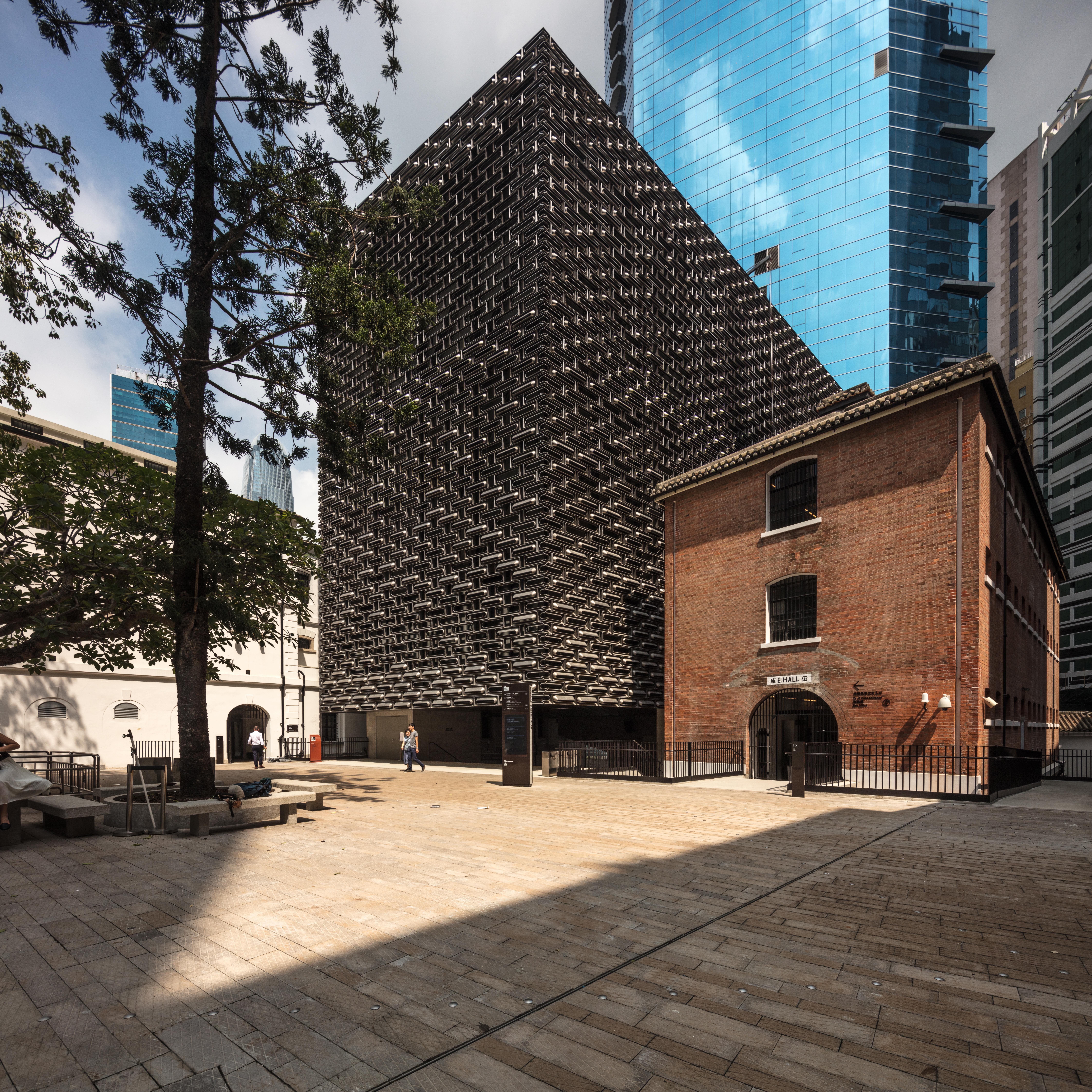
Completed in 1919, the Police Headquarters Block is one of the most impressive heritage buildings in the Tai Kwun complex.

JC Contemporary, housed in a brand new Herzog & de Meuron design, includes exhibition spaces, a viewing terrace and a restaurant.
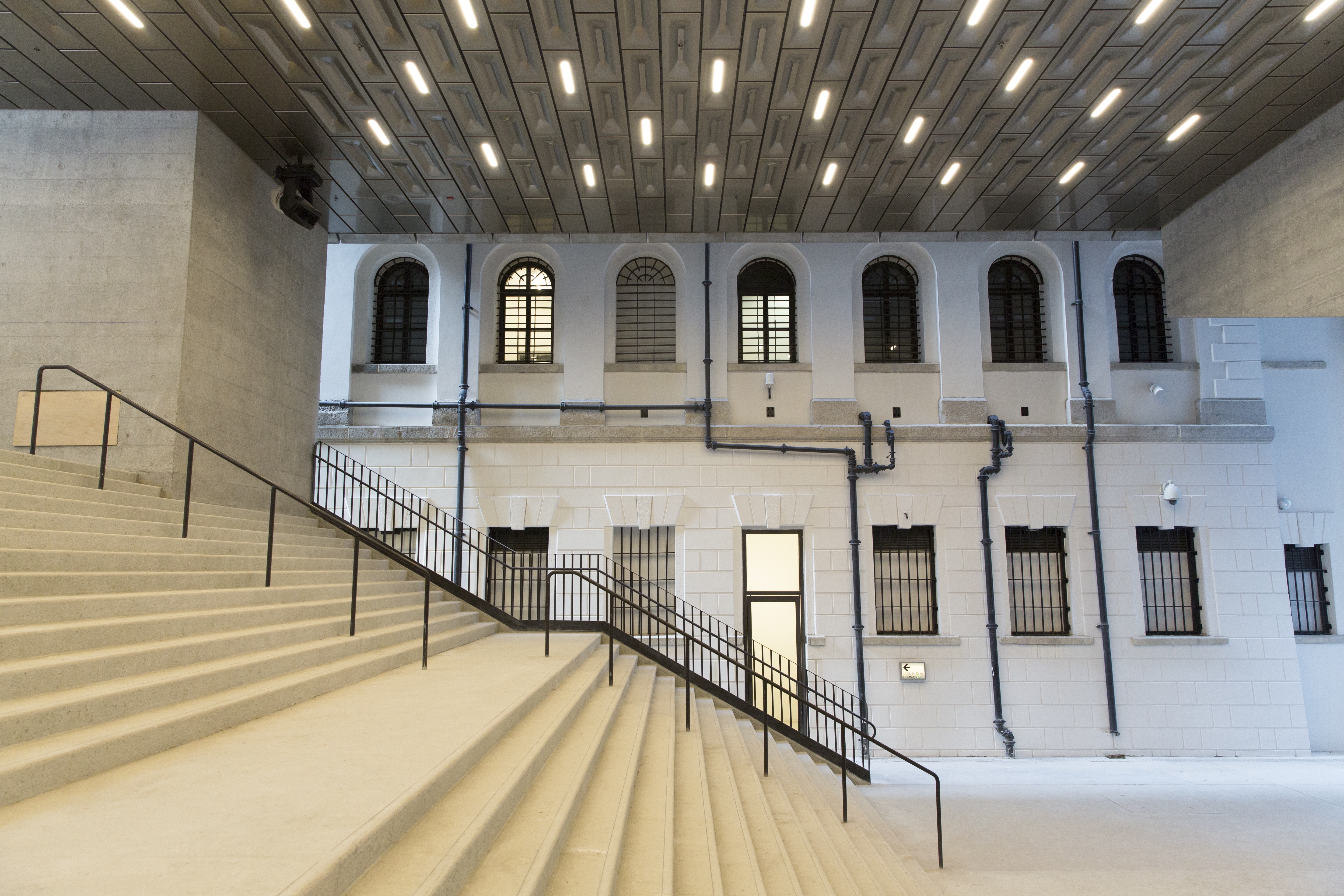
The Laundry Steps sit where the actual prison laundry workshop used to be. The area now becomes space for performances.

The complex’s D Hall has served various functions in the past, such as a female prison and a hospital. It now houses heritage storytelling spaces, a restaurant, and back-of-house facilities.
INFORMATION
For more information visit the Herzog & de Meuron website
Wallpaper* Newsletter
Receive our daily digest of inspiration, escapism and design stories from around the world direct to your inbox.
Catherine Shaw is a writer, editor and consultant specialising in architecture and design. She has written and contributed to over ten books, including award-winning monographs on art collector and designer Alan Chan, and on architect William Lim's Asian design philosophy. She has also authored books on architect André Fu, on Turkish interior designer Zeynep Fadıllıoğlu, and on Beijing-based OPEN Architecture's most significant cultural projects across China.
-
 Australian bathhouse ‘About Time’ bridges softness and brutalism
Australian bathhouse ‘About Time’ bridges softness and brutalism‘About Time’, an Australian bathhouse designed by Goss Studio, balances brutalist architecture and the softness of natural patina in a Japanese-inspired wellness hub
By Ellie Stathaki
-
 Marylebone restaurant Nina turns up the volume on Italian dining
Marylebone restaurant Nina turns up the volume on Italian diningAt Nina, don’t expect a view of the Amalfi Coast. Do expect pasta, leopard print and industrial chic
By Sofia de la Cruz
-
 Tour the wonderful homes of ‘Casa Mexicana’, an ode to residential architecture in Mexico
Tour the wonderful homes of ‘Casa Mexicana’, an ode to residential architecture in Mexico‘Casa Mexicana’ is a new book celebrating the country’s residential architecture, highlighting its influence across the world
By Ellie Stathaki
-
 A Xingfa cement factory’s reimagining breathes new life into an abandoned industrial site
A Xingfa cement factory’s reimagining breathes new life into an abandoned industrial siteWe tour the Xingfa cement factory in China, where a redesign by landscape architecture firm SWA completely transforms an old industrial site into a lush park
By Daven Wu
-
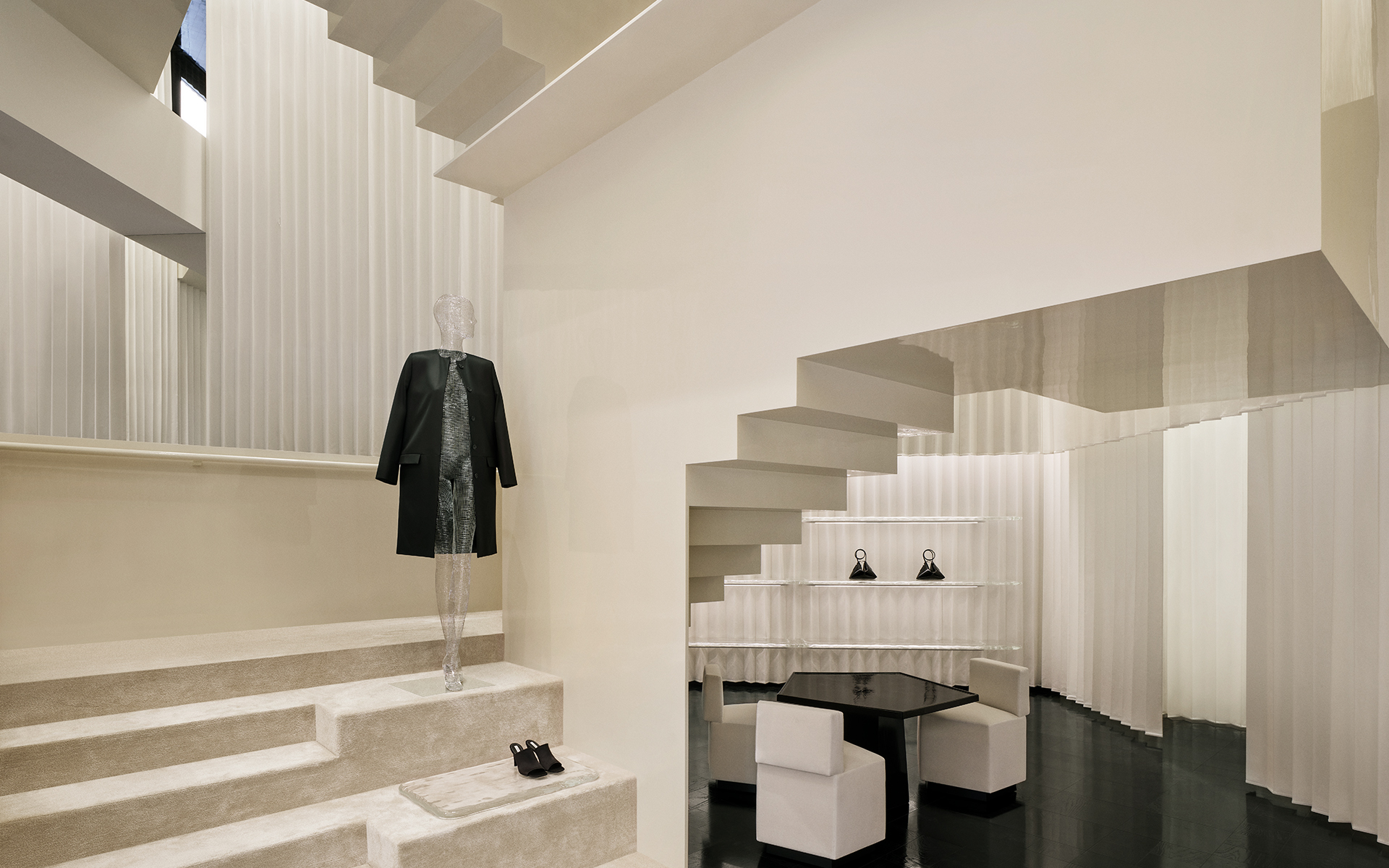 Bold, geometric minimalism rules at Toteme’s new store by Herzog & de Meuron in China
Bold, geometric minimalism rules at Toteme’s new store by Herzog & de Meuron in ChinaToteme launches a bold, monochromatic new store in Beijing – the brand’s first in China – created by Swiss architecture masters Herzog & de Meuron
By Ellie Stathaki
-
 The upcoming Zaha Hadid Architects projects set to transform the horizon
The upcoming Zaha Hadid Architects projects set to transform the horizonA peek at Zaha Hadid Architects’ future projects, which will comprise some of the most innovative and intriguing structures in the world
By Anna Solomon
-
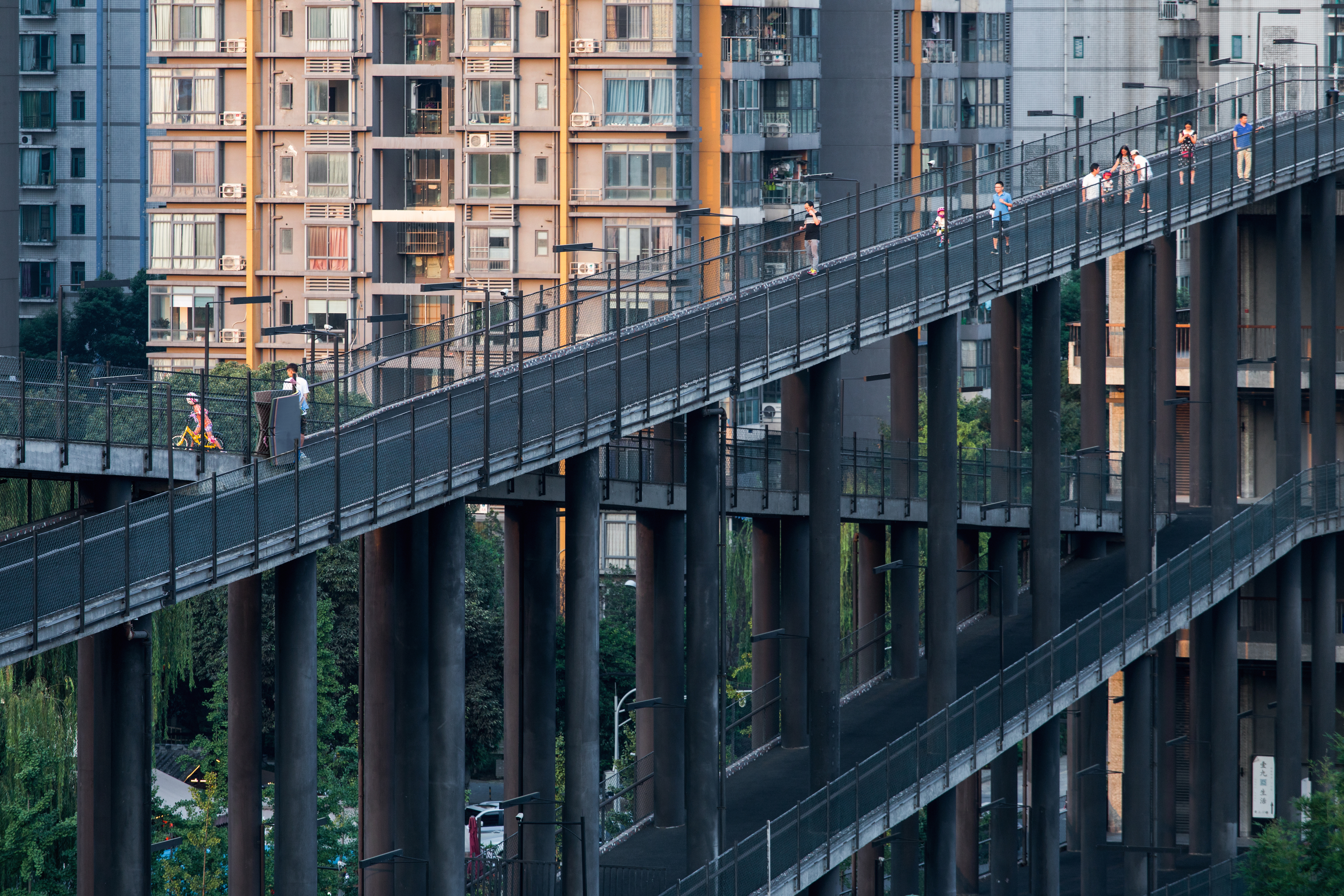 Liu Jiakun wins 2025 Pritzker Architecture Prize: explore the Chinese architect's work
Liu Jiakun wins 2025 Pritzker Architecture Prize: explore the Chinese architect's workLiu Jiakun, 2025 Pritzker Architecture Prize Laureate, is celebrated for his 'deep coherence', quality and transcendent architecture
By Ellie Stathaki
-
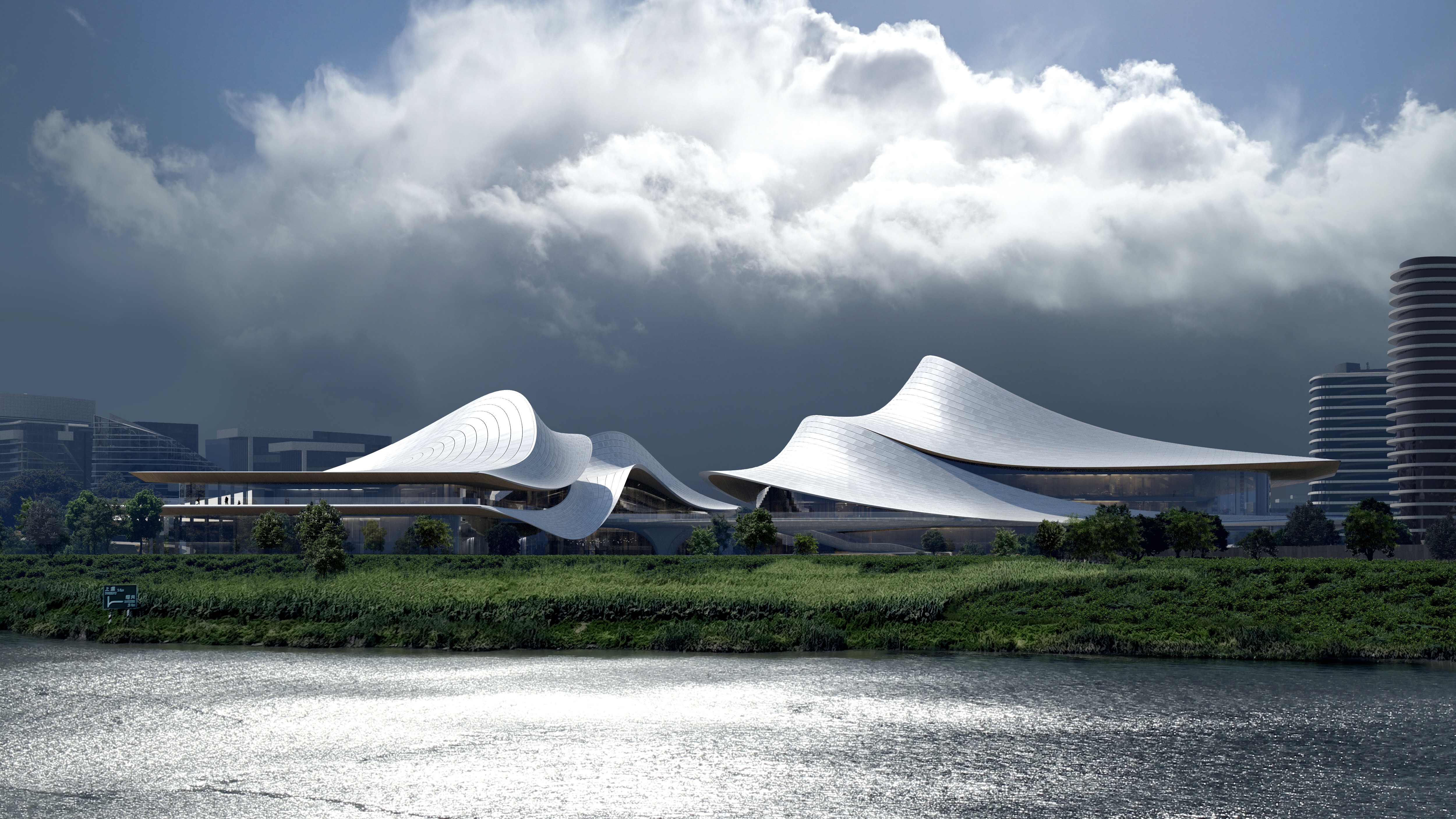 Zaha Hadid Architects reveals plans for a futuristic project in Shaoxing, China
Zaha Hadid Architects reveals plans for a futuristic project in Shaoxing, ChinaThe cultural and arts centre looks breathtakingly modern, but takes cues from the ancient history of Shaoxing
By Anna Solomon
-
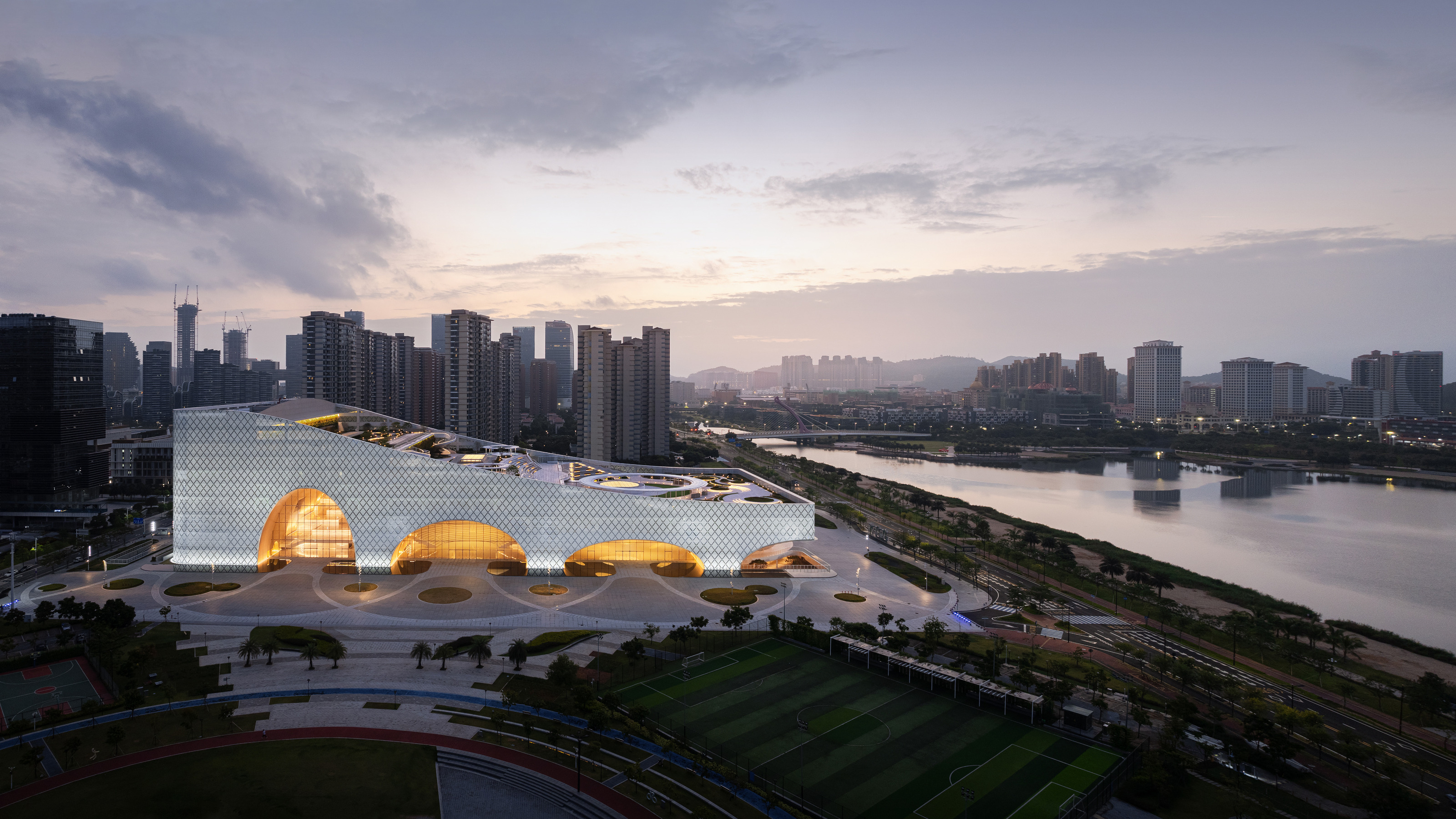 The Hengqin Culture and Art Complex is China’s newest cultural megastructure
The Hengqin Culture and Art Complex is China’s newest cultural megastructureAtelier Apeiron’s Hengqin Culture and Art Complex strides across its waterside site on vast arches, bringing a host of facilities and public spaces to one of China’s most rapidly urbanising areas
By Jonathan Bell
-
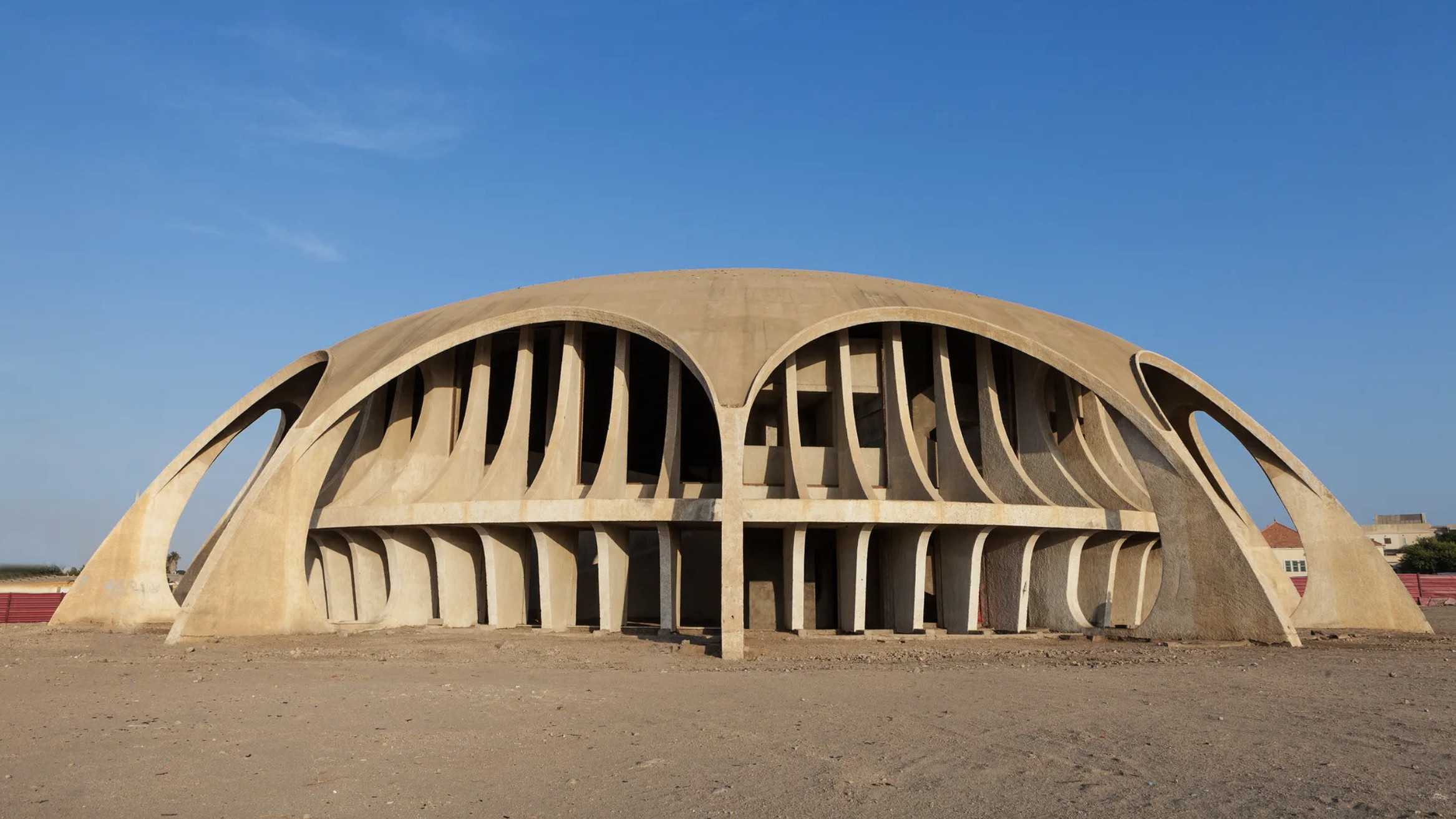 The World Monuments Fund has announced its 2025 Watch – here are some of the endangered sites on the list
The World Monuments Fund has announced its 2025 Watch – here are some of the endangered sites on the listEvery two years, the World Monuments Fund creates a list of 25 monuments of global significance deemed most in need of restoration. From a modernist icon in Angola to the cultural wreckage of Gaza, these are the heritage sites highlighted
By Anna Solomon
-
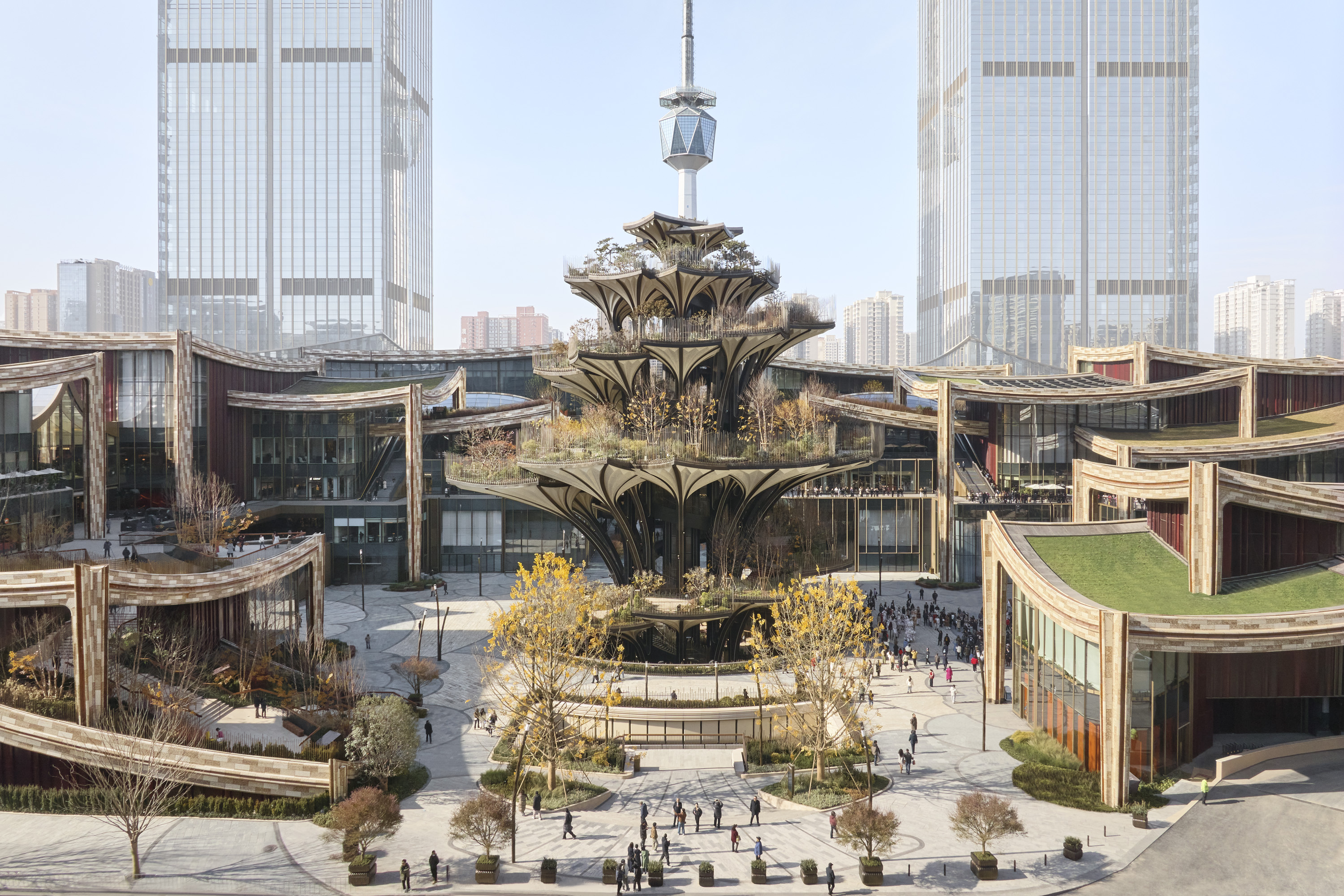 Tour Xi'an's remarkable new 'human-centred' shopping district with designer Thomas Heatherwick
Tour Xi'an's remarkable new 'human-centred' shopping district with designer Thomas HeatherwickXi'an district by Heatherwick Studio, a 115,000 sq m retail development in the Chinese city, opens this winter. Thomas Heatherwick talks us through its making and ambition
By David Plaisant